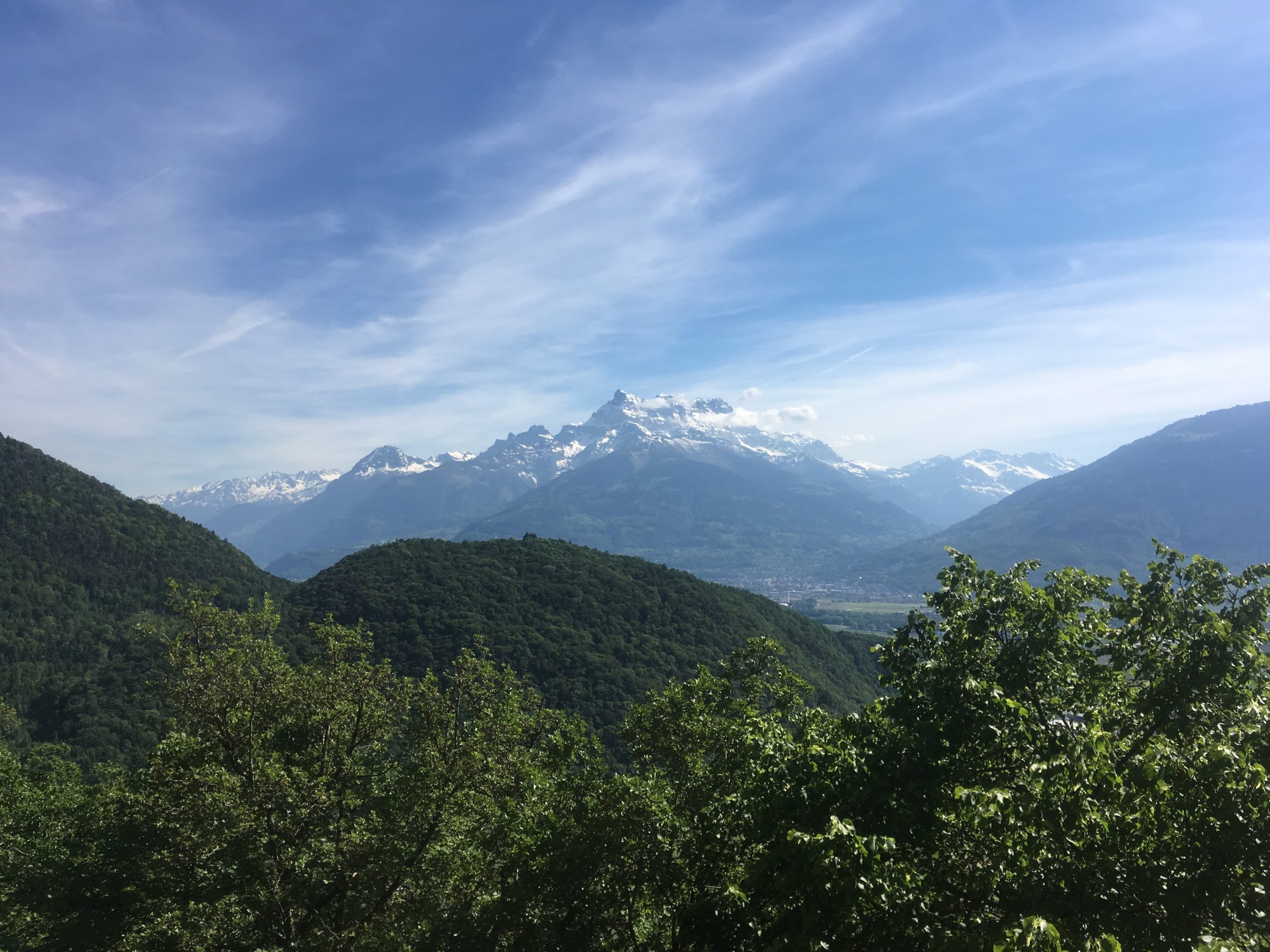Tag: Rock climbing
-

Documenting climbing feats
Reading Time: 2 minutesDocumenting climbing feats is an interesting challenge because you deal with issues of accessibility, projects that can last for months or even years and in some cases you’re dealing with the prospect of the climber understanding the problem, and then achieving his goal. For two or three years I really explored ideas…
-

The Drapel Climbing wall near Aigle
Reading Time: 2 minutesThe Drapel Climbing Wall near Aigle is a nice place to climb. When I was there yesterday we were in the shade of the trees unless we were climbing. The temperature for this week is at around 25-27°c daily which is nice. These are almost summer temperatures, at last. The parking for this…
-

Gallantry and Rock Climbing
Reading Time: 6 minutesGallantry and Rock Climbing are a good combination. In Rock climbing the person with more experience or comfort helps the person with less comfort. In some cases it might be helping people walk on trails and in other cases it may be walking at the pace that is comfortable for others. According…
-

360 photos of Via Ferrata
Reading Time: < 1 minuteYesterday I was up above Leysin climbing the Tour D’Aï via Ferrata. It was an opportunity for me to take 360 photos of Via Ferrata. The beauty of panoramic pictures is that they provide you 360° of vision both vertically and horizontally. It means that you can get a sense of…
-

Rock Climbing Snail
Reading Time: 2 minutesFor several weeks now it has rained almost every day and almost every weekend. As a result of this rain acitivities have been cancelled. On Sunday we were meant to go outdoor climbing and when we got to the wall we found a rock climbing snail where, in dry weather we could…